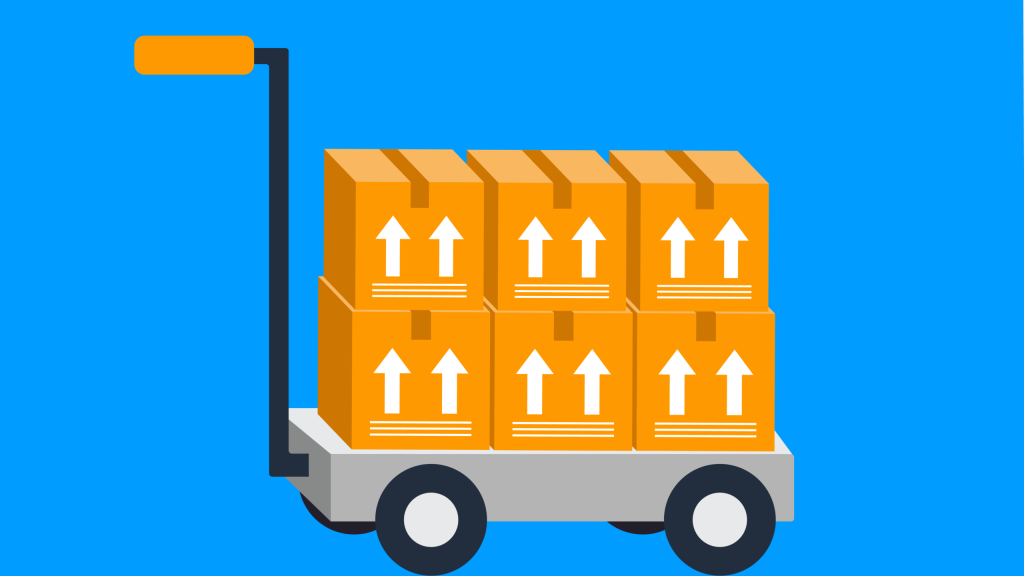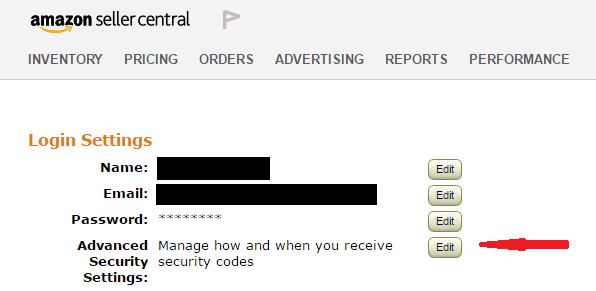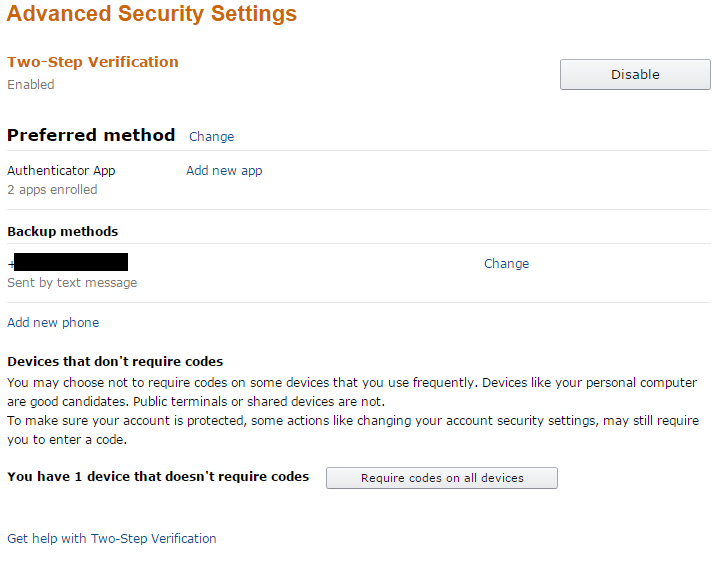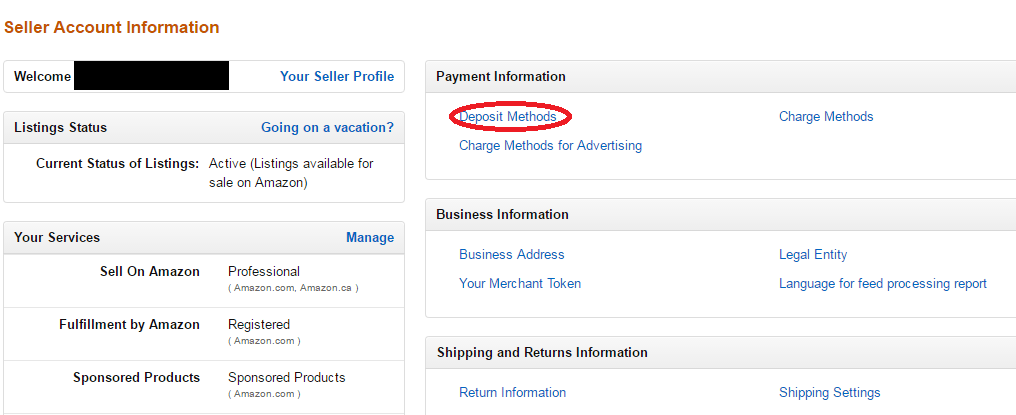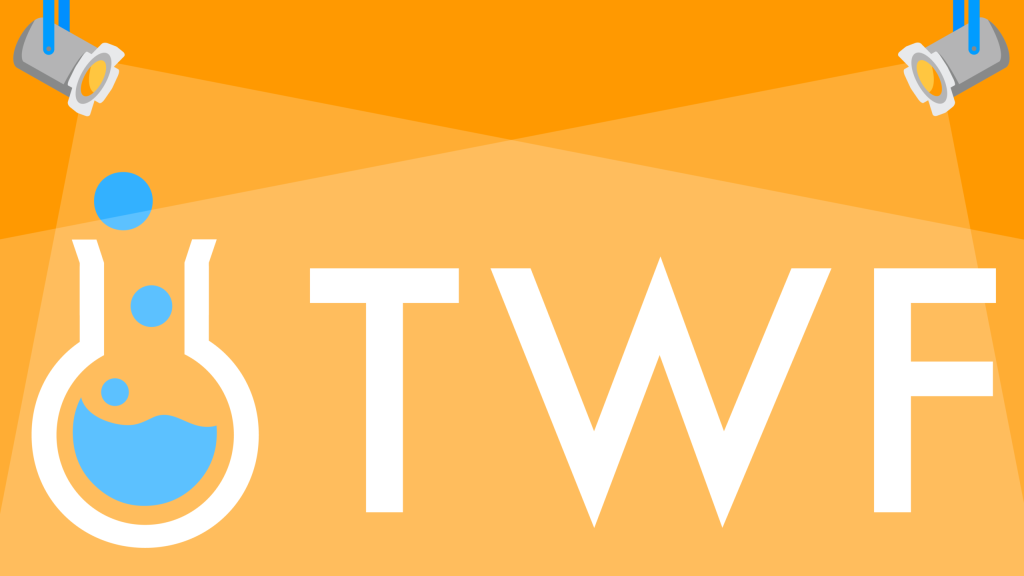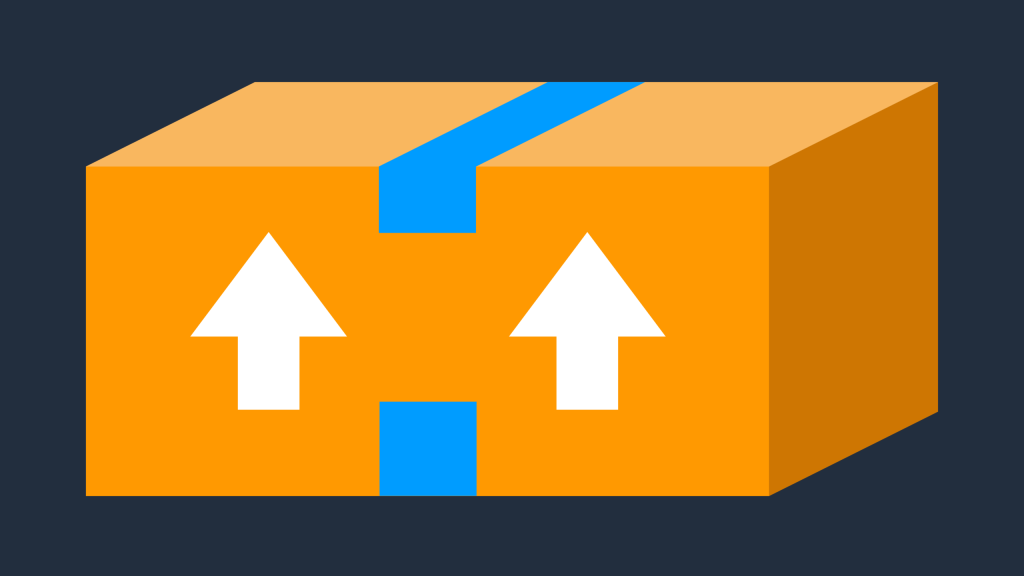
As you can guess from our site (and the title of this article), we couldn’t be more excited about the opportunity that selling on Amazon offers. We started our business in 2011 with a $600 credit card, and high hopes for eventually making enough money as a side hustle that we could pay for things like vacation. In just five short years, our business has done more than $13m in sales on Amazon and has grown to a full-time business which allows us to employ several people.
That’s kind of like the ‘American Dream!’ Thanks a boatload, Amazon!
Here’s the cool part: this opportunity is available to anyone who is willing to put the work in and get started. Amazon has grown a ton over the past few years, and the opportunity has just gotten bigger for those willing to reach out and grab it.
If you don’t already sell on Amazon, this is why you should start today:
1) It’s a low-barrier-to-entry business with a big upside!
Look at what I wrote above. We got started with a $600 credit card and a dream. We turned that into over $13M in sales. Honestly, this is the CHEAPEST business to start in the world. You can start with almost nothing and if you are willing to put the hustle in, and focus on building your business – you can grow it as big as you want!
What other business can you start for $600, and truly hit the ground running? Not many. This business allows you to really grow as your capital grows. There isn’t a required amount of stuff to buy, and Amazon provides you with all of the tools you need to get started. You don’t need tons of equipment and other stuff. You just need a computer, a printer and an internet connection. If you have that, you could have a business overnight.
2) FBA makes this REALLY easy!
So, what is this magical FBA? It is a program operated by Amazon themselves, appropriately named “Fulfillment by Amazon”.
This is a program created by Amazon where you can send your products to their Fulfillment Center, and they will ship your orders to customers and handle any customer-service-related issues to the fulfillment of the product as well as necessary returns.
Let’s think about this; they store your product, pack and ship your individual orders to customers, and handle your customer service. This means your interaction with this process is simply sending the product to Amazon!
This truly levels the playing field and takes much of the size and experience side out of the equation. Instead of having to compete against bigger and more experienced sellers, you are able to use the best fulfillment network in the world, have access to partnered rates, and have a built-in infrastructure that will allow you to scale without adding additional manpower.
If you want to learn more about FBA, check out this link:
https://services.amazon.com/fulfillment-by-amazon/benefits.htm
3) Amazon is the world’s largest online marketplace!
And shows no signs of slowing down!
As our world becomes more digital and mobile, Amazon will only grow. Amazon did $107B in sales in 2015, up from $88B in 2014.
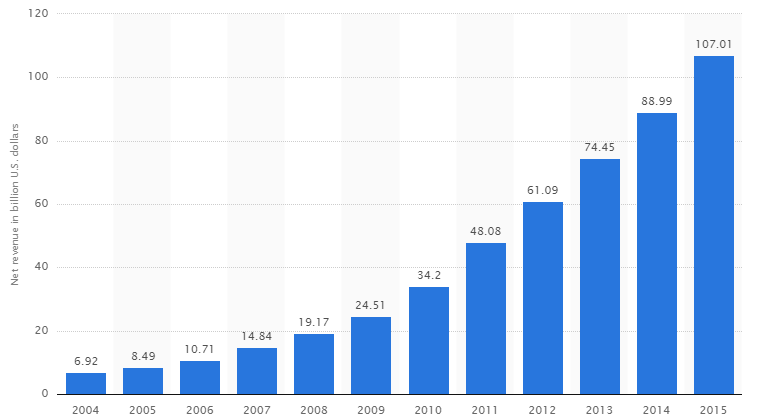
* from statista.com
As you can see, Amazon is consistently growing year over year, and that provides a huge opportunity for third-party sellers to sell to Amazon’s growing customer base.
A little-known fact is Amazon is the largest online retailer, and actually does more sales than the next five competitors combined. Hopefully, this gives you an idea about how big Amazon’s customer base is, and the type of growth you can be a part of.
4) Your business can be run from the comfort of your home.
With the rise of Amazon and the popularity of the third-party marketplace, many third-party solutions have developed to help facilitate selling products via FBA. One of the major boons has been the rise of prep centers. Prep centers are companies that receive your inventory, inspect it, and ship it to Amazon in compliance with Amazon’s shipping regulations.
This helps as you no longer have to receive inventory at your home, or even physically touch the inventory. You can start your business, purchase products, have them shipped to a prep center while never having to see or touch the products you are selling.
That means that you can reduce your interaction further, to the point that you are only looking for great products to sell and establishing relationships with those brands.
5) Selling Physical Products is Incredibly Low-Risk.
There were two concerns in opening a traditional business:
1) Driving traffic to your products.
2) What if I buy something that doesn’t sell?
Creating a traditional business has always had lots of risk. You were selling products and services to an undefined audience. How will people respond to your service/products? If the reception went poorly then your business would struggle. You had to create foot traffic and start to go through the process of establishing your brand and creating a customer base. Amazon allows us to completely sidestep this, as they have a massive customer base of millions of buyers just waiting to buy our goods. You don’t have to commit the time or develop the expertise required to truly build your brand.
In relation to the second concern, the great thing about this business is you are purchasing products that have tangible value. Unlike businesses where you are selling ideas, you are purchasing products with a defined and expected value. These are physical products that you can hold in your hand. In fact, under an ideal set of circumstances, you are purchasing products with a clear demand.
6) Amazon Actually Tells Us What to Sell!
The point of being low risk is further reduced here. Keep in mind that Amazon is a huge database with billions upon billions of data points, and they recognize the products that their customers want and are purchasing regularly. Amazon wants more of those products to be made available to their customers, and actually tells us what products they need based on the sales rank.
Here is what that looks like:

As you can see, this product is ranked 15094 in Health and Personal Care. That means that the product is actually the 15,084th best seller in that top-level category. Now, as I had mentioned in another point, you can use a third-party (free) solution like Jungle Scout’s estimator tool to get an idea of how many times that product is actually selling per month.
You can find the Jungle Scout estimator here: www.junglescout.com/estimator
Jungle Scout’s estimate is that this product is selling around 246 times each month. In our experience, Jungle Scout has provided an incredibly reliable tool with very close estimates (and we use those estimates in our business).
 So, as you can see, this product sells very well and would be something that you could count on being able to move as it is a demand-driven product. Our entire business is created around these principles. We locate products that people are purchasing and have existing demand, we find those products and we sell them on Amazon utilizing Amazon’s amazing fulfillment network.
So, as you can see, this product sells very well and would be something that you could count on being able to move as it is a demand-driven product. Our entire business is created around these principles. We locate products that people are purchasing and have existing demand, we find those products and we sell them on Amazon utilizing Amazon’s amazing fulfillment network.
7) You can build a family-run business.
You can build this business to incorporate your family and truly run it as a family project. We recently worked with a charity that teaches kids how to grow and operate eCommerce businesses. This was one of the most fulfilling projects we have been a part of, as seeing these kids actually learn how to sell on Amazon was beyond impressive. The entire atmosphere was incredible, as the parents were working side-by-side with their children to help them grow and create long-term sustainable businesses.
Honestly, what is better than teaching your children how to run their OWN business, and being able to work alongside them to help it grow?
You can learn more about this organization at www.ecommercekids.com
Here is another awesome fact…
These kids weren’t just learning to sell. Some of them had thriving businesses doing more than $50K per month in revenue! Obviously, these kids are super intelligent and driven, but I believe that speaks volumes about how easy Amazon has actually made this process.
The bottom line is: Amazon provides a HUGE opportunity. This opportunity can be built to scale to ANY size that you want.
Maybe you want to make a few extra hundred dollars per month to help with rent?
Maybe you want to make a few extra thousand dollars per year to take a vacation?
Or, just maybe you want to create a long-term sustainable business that will be your sole source of income?
Honestly, it is truly an unlimited opportunity. You can grow as big as you want, or keep your business small, as Amazon’s FBA program is fully adaptable to your needs. I implore you to give this a chance. It has been a life-changing thing for us, here at The Wholesale Formula, and for MANY others around the world.

